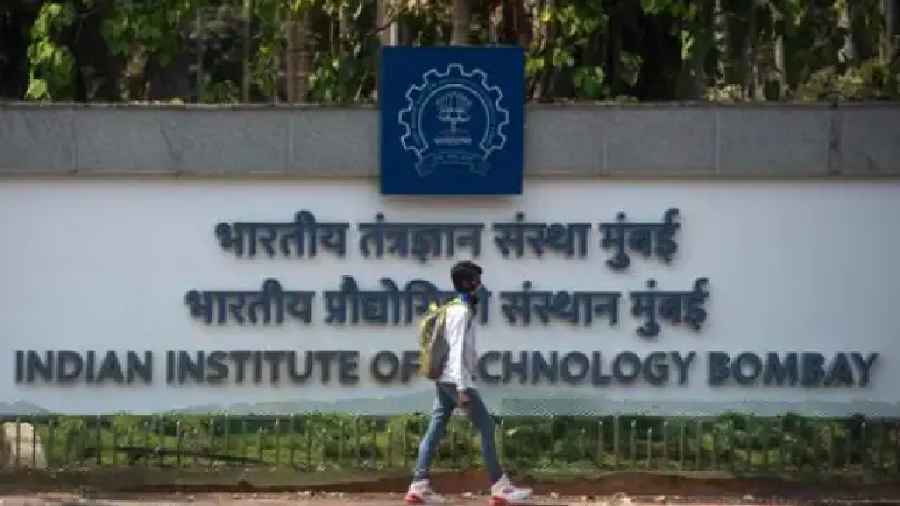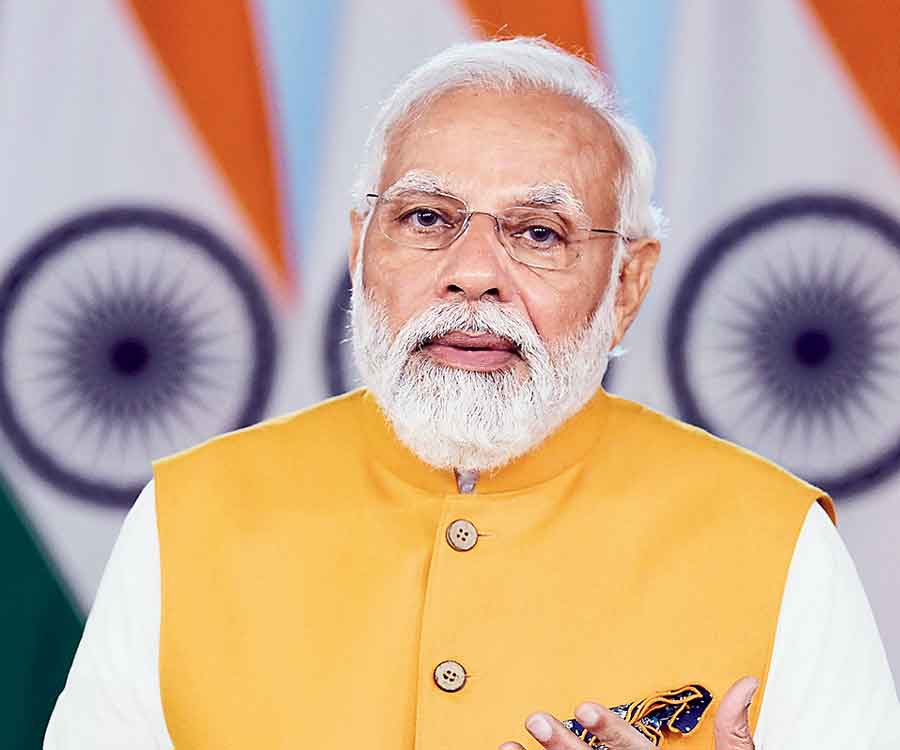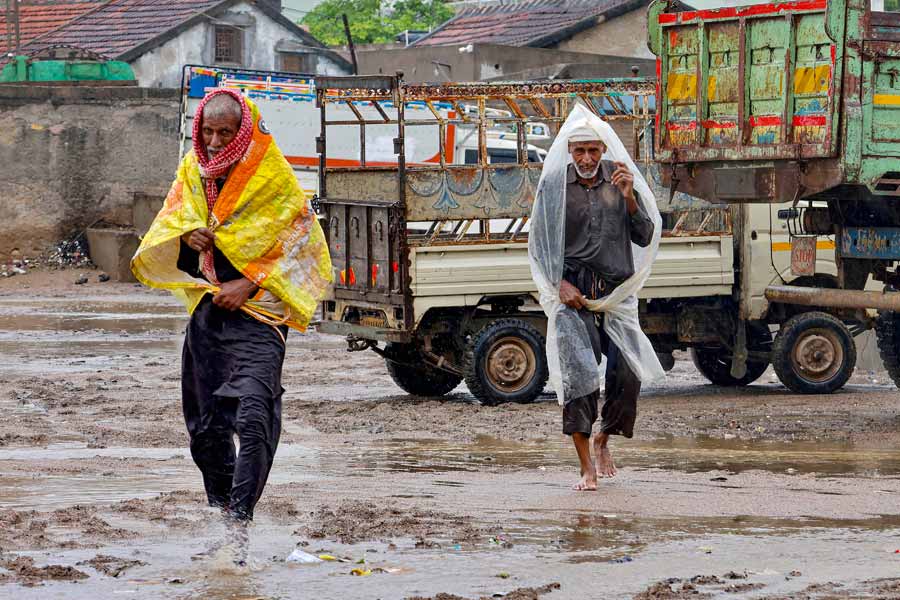Every second month, a student commits suicide at an IIT, official data shows.
Thirty-three IIT students ended their lives in the 63 months since the start of 2018, unable to cope with the academic pressure despite having cracked some of India’s toughest entrance exams.
The National Institutes of Technology witnessed 24 student suicides during the same period, while the IIMs witnessed four.
Academics and student welfare activists said the trend raised questions about the support system the premier campuses had in place to address issues of academic stress and mental health among their students.
They said one of the challenges the affected students faced was an inability to confess to their parents their inability to handle the study pressure, and the resultant despair. Junior education minister Subhas Sarkar provided the suicide date in the Rajya Sabha on Wednesday in response to questions from Congress member L. Hanumanthaiah.
“Academic stress, family reasons, personal reasons, mental health issues, etc, are some of the reasons for such suicide cases,” Sarkar said. Data provided on December 20, 2021, by education minister Dharmendra Pradhan showed 37 student suicides at the central universities and 9 at the Indian Institute of Science, Bangalore, between 2014 and 2021.

Dheeraj Singh, a former IIT Kanpur student, said the government data on IIT suicides was significant but represented merely the “tip of the iceberg”. “Experts say that for every suicide, there are 10 contemplating or even attempting suicide. So, the problem is 10 times more serious,” he said. Singh said many students commit suicide even at the stage of preparation for the IIT admission tests — at the coaching centres in Kota and elsewhere.
“Several suicide enquiry reports prepared by the IITs have identified academic stress as the number one reason behind mental health issues,” he said. “Academic stress affects all IIT students — although it’s the worst for those with low scores — which underscores the need for serious reforms in the IIT academic system rather than a patchwork job by appointing a few extra counsellors,” Singh said.
He said the framework for ranking educational institutions should award extra points to those with a better record of mental health among their students. Rajeev Kumar, a former IIT Kharagpur professor who now teaches at the School of Computer and System Sciences at JNU, said students end their lives mainly because of poor performance and a lack of courage to admit their helplessness to their parents. He said the parents are not to blame: the students — aware that their families’ hopes ride on them and conscious of the sacrifices their parents may have made — tend to put pressure on themselves.
Kumar said the support system in the IITs for distressed students is weak. “There should be a system for the ‘teaching assistants’ (senior students assigned to help newly admitted students cope with any problems) to have to alert the institution in the first month about students who need remedial support,” he said. “The institution should organise extra classes, tutorials and an orientation programme for them. The pace of the semester should be slowed down for such students. If they fail to improve as expected despite these measures, the IIT should arrange a graceful exit and lateral entry into another institution for them.” Sarkar, the minister, said the ministry had taken various steps to ease academic stress on campuses, such as peer-assisted learning and the introduction of technical education in the regional languages.











